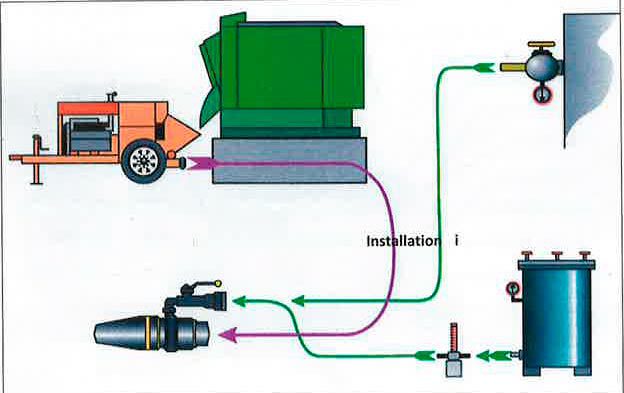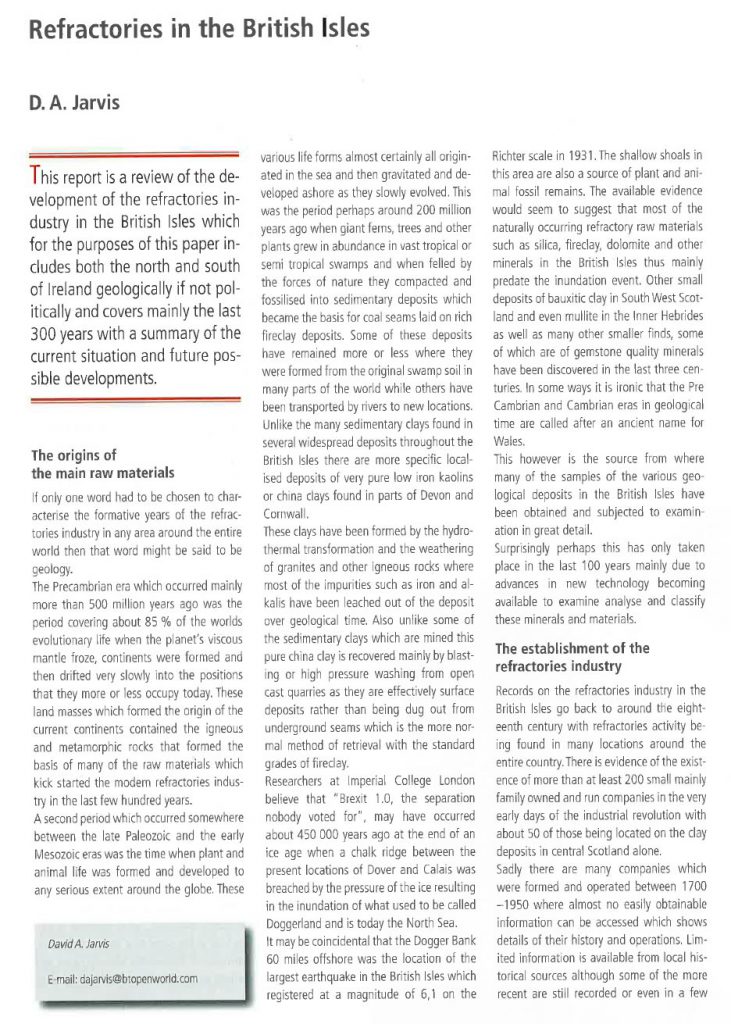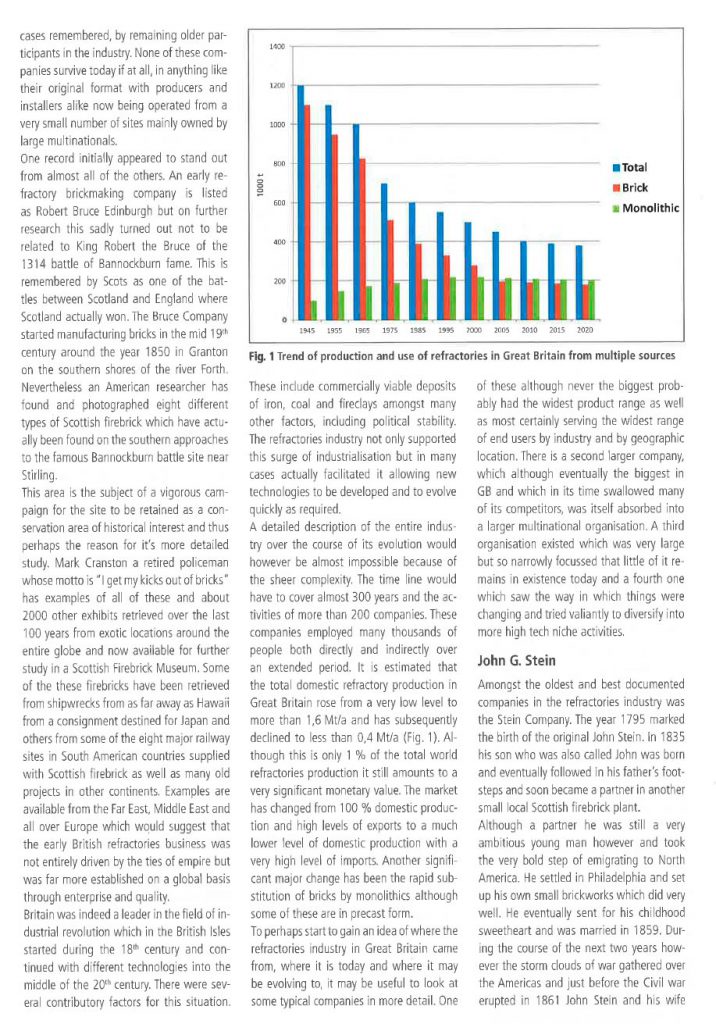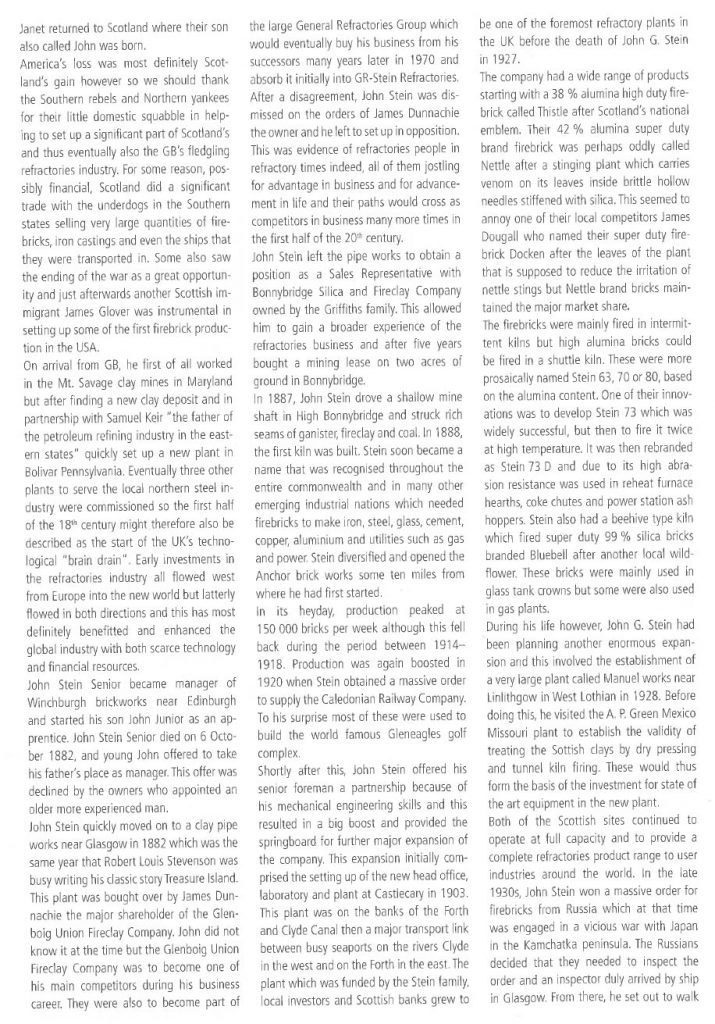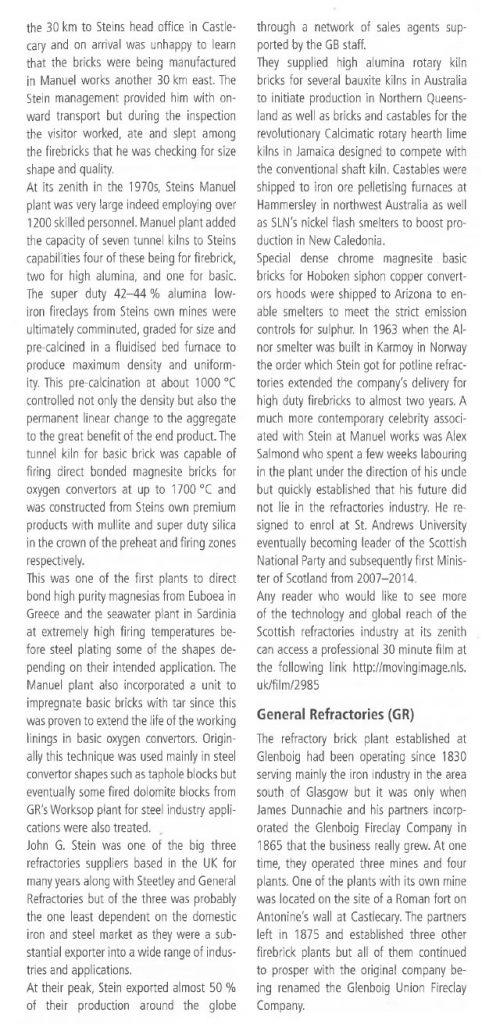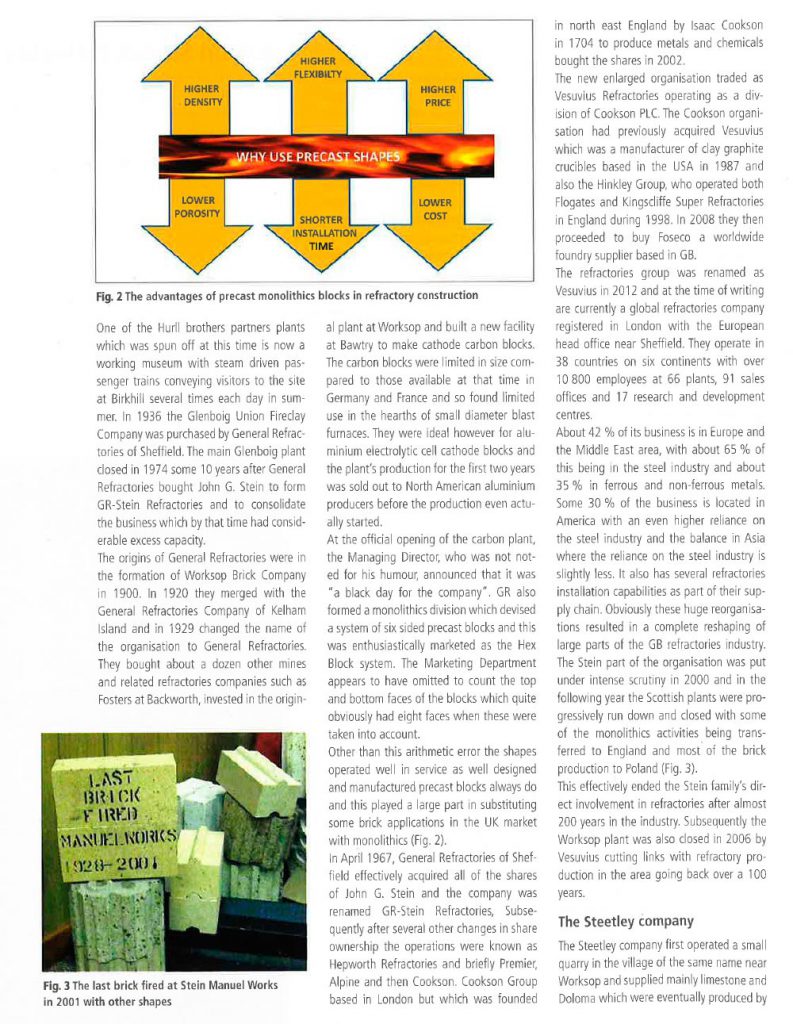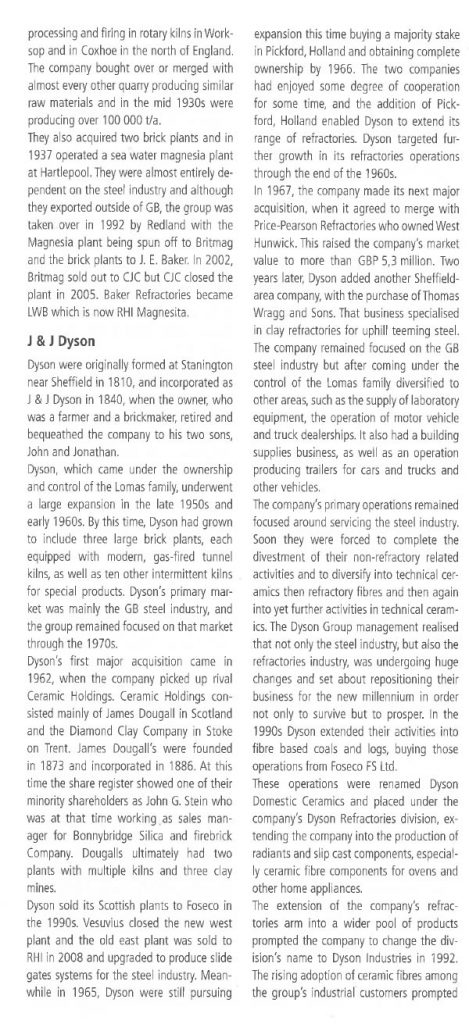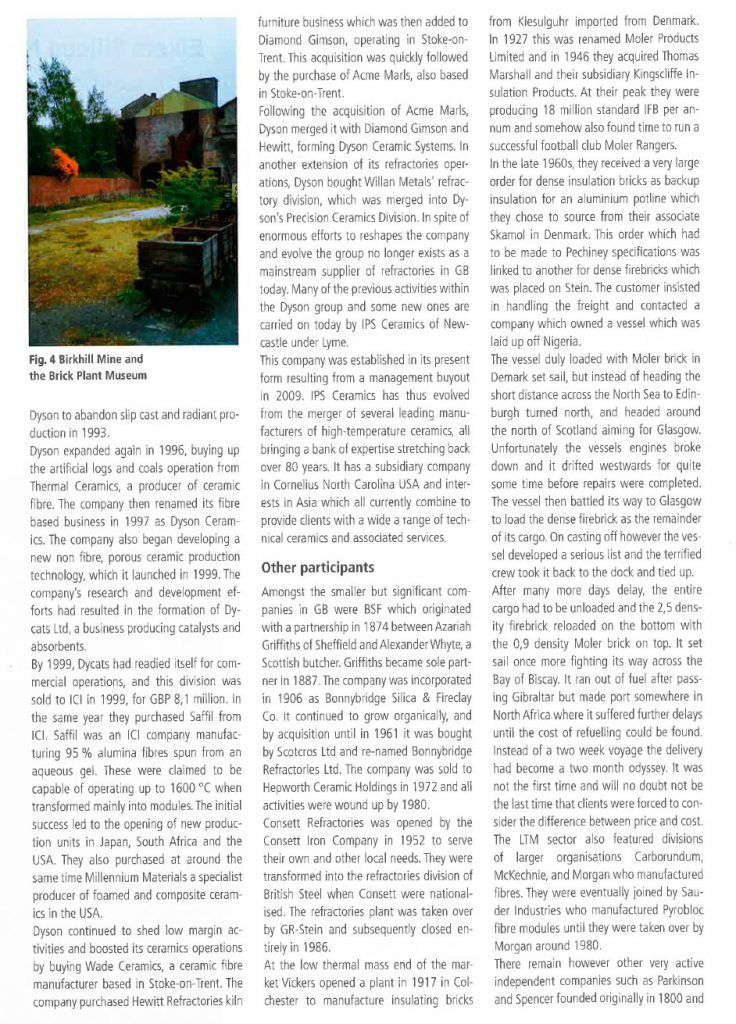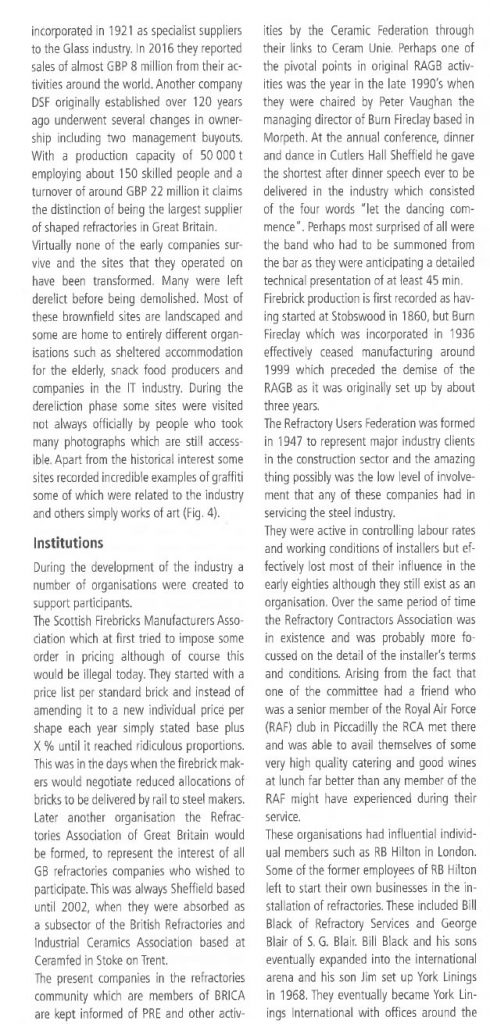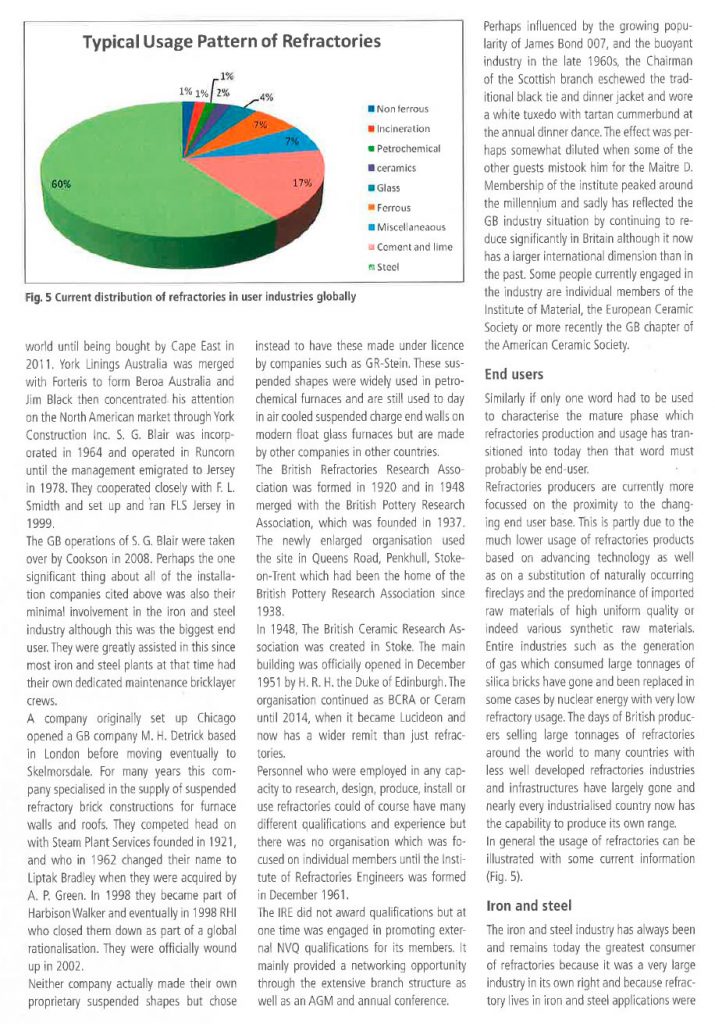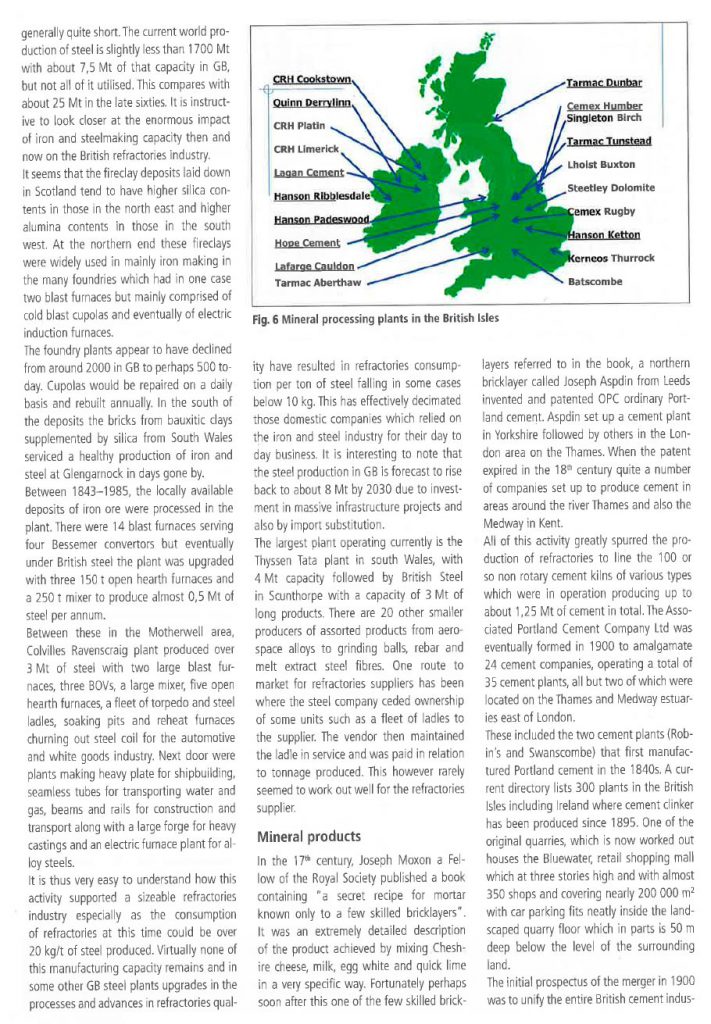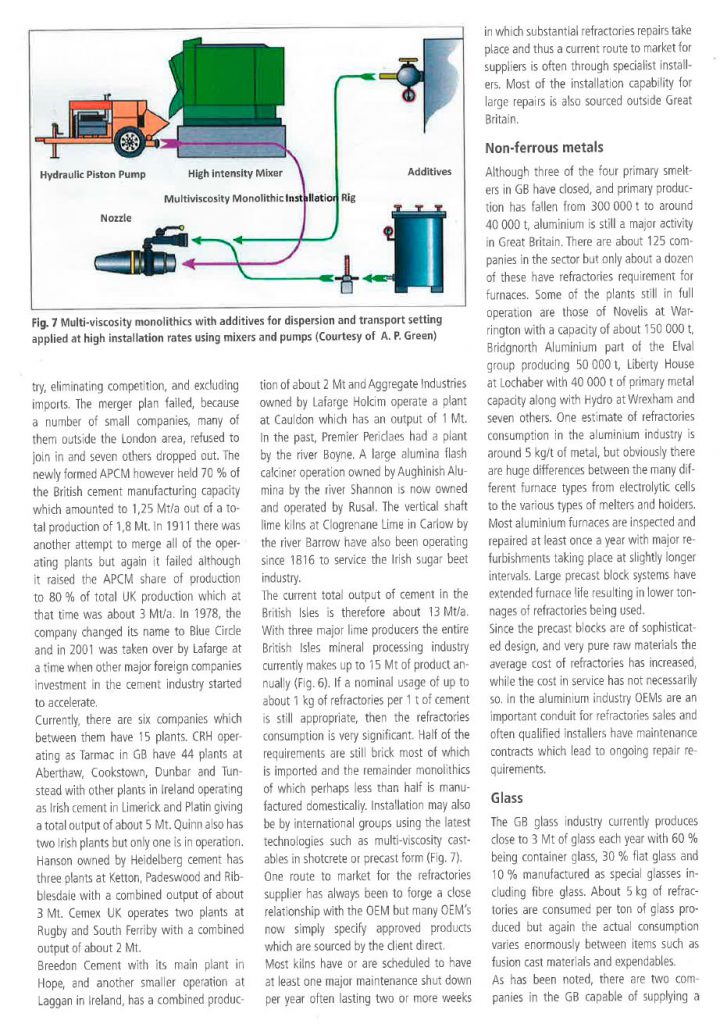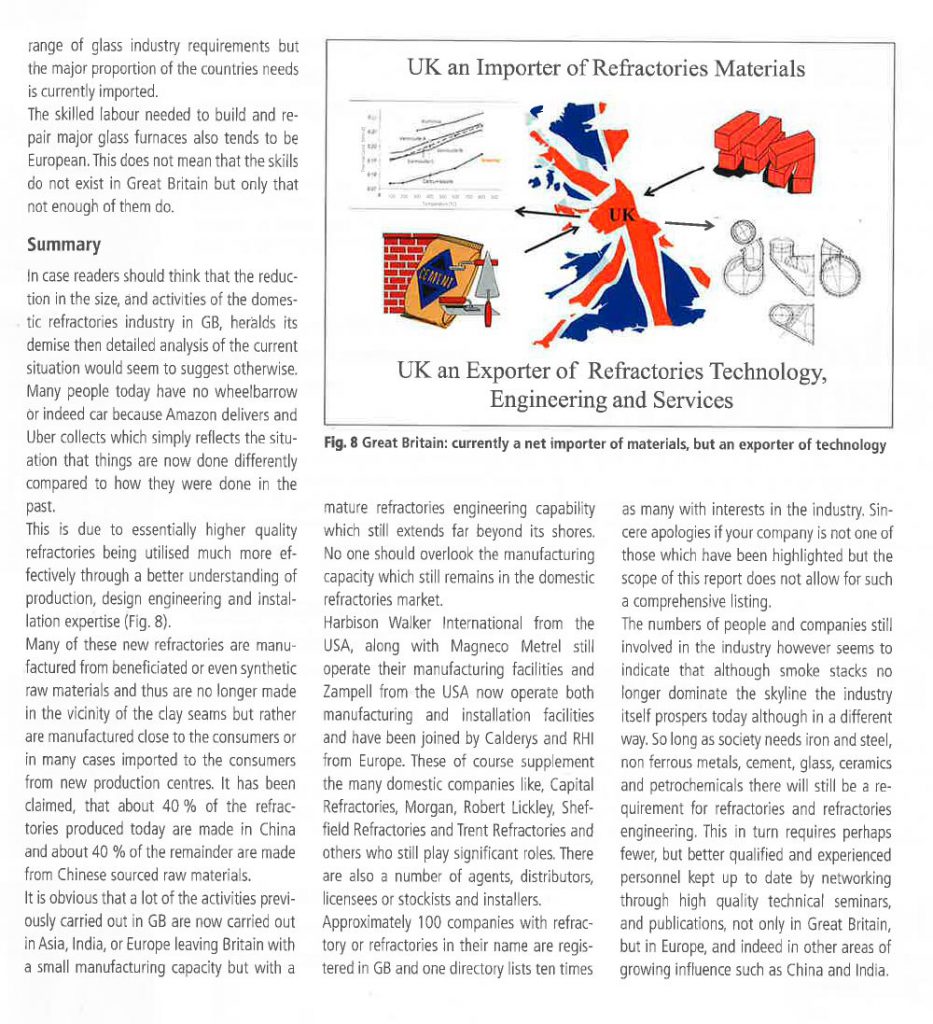Improved production in most mining areas is prompting hopes that andalusite supply tightness may ease in the near to mid term, but prices are expected to stay firm due to strong end markets.

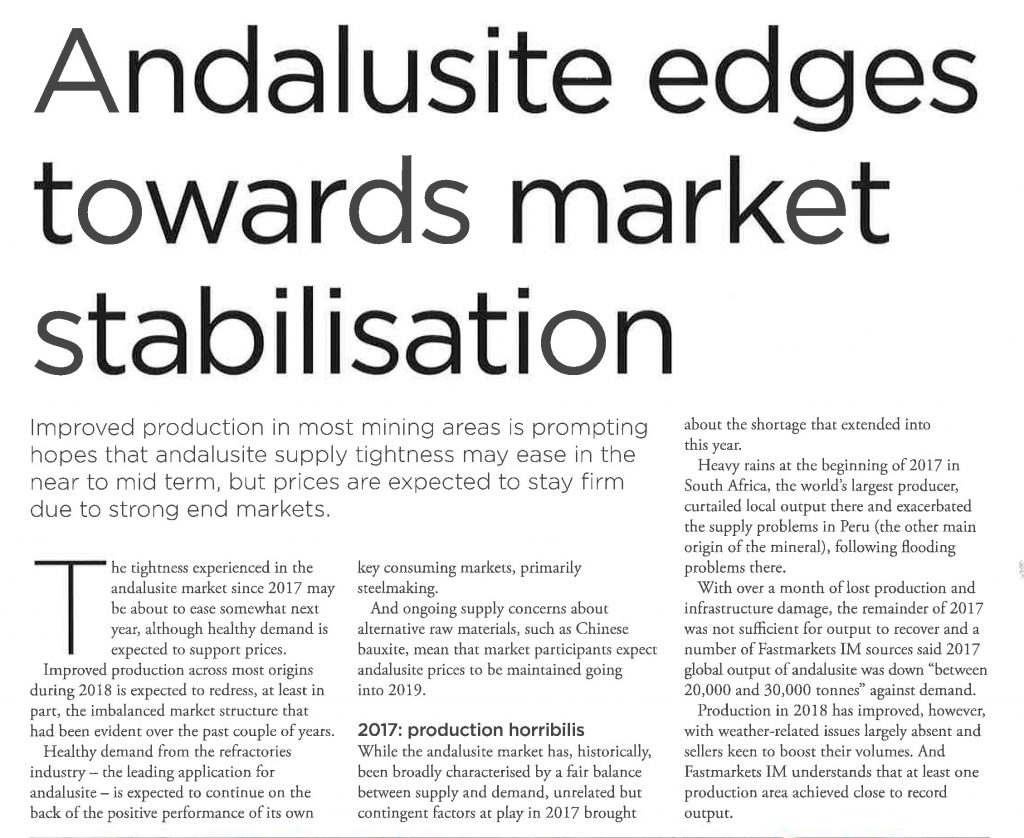
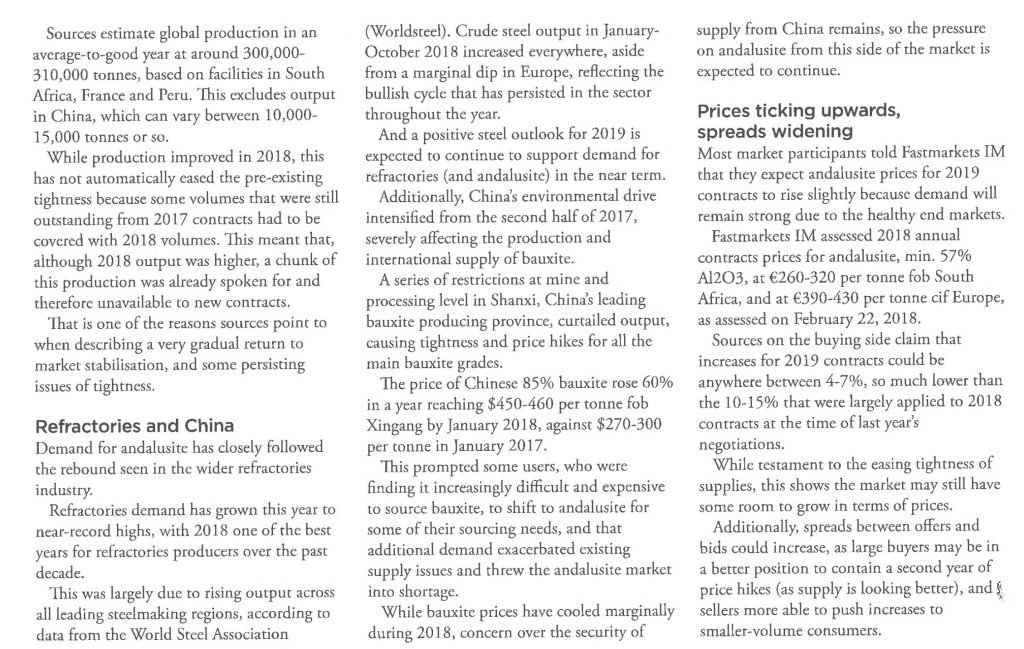

Jun 03
Improved production in most mining areas is prompting hopes that andalusite supply tightness may ease in the near to mid term, but prices are expected to stay firm due to strong end markets.



May 27
Section 232, a provision not known to many in the past, has been the topic of heated discussions in US political and industry circles since the administration of President Donald Trump imposed tariffs under that Section on steel and aluminium imports into the country.

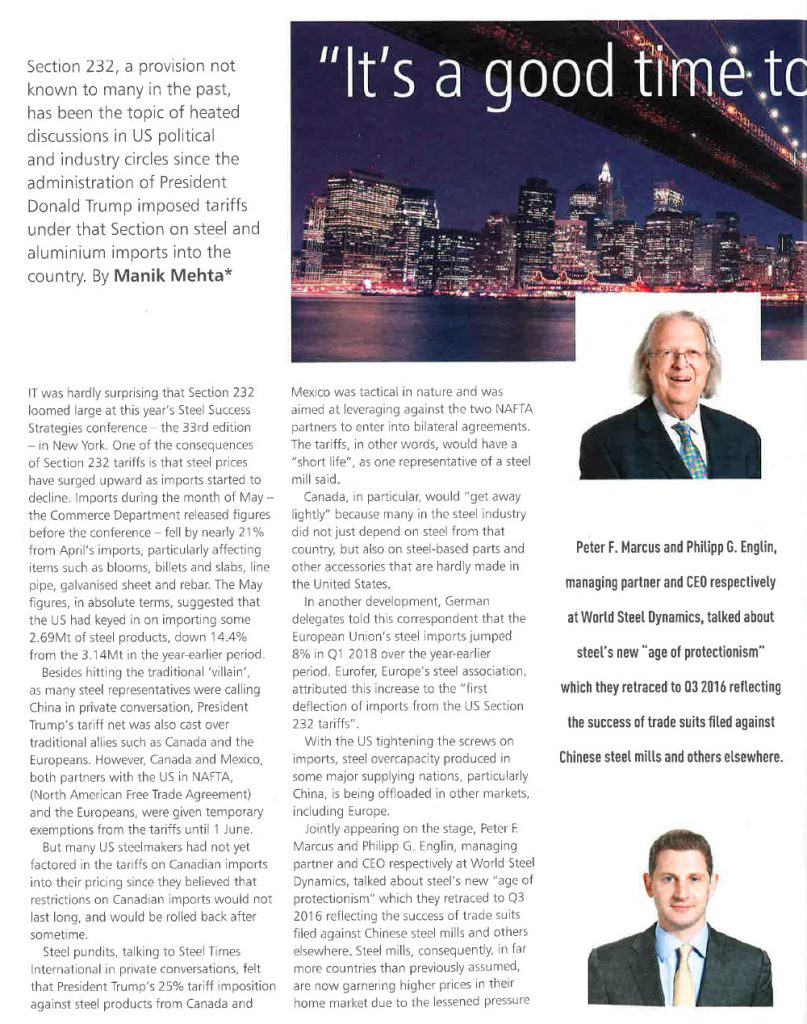
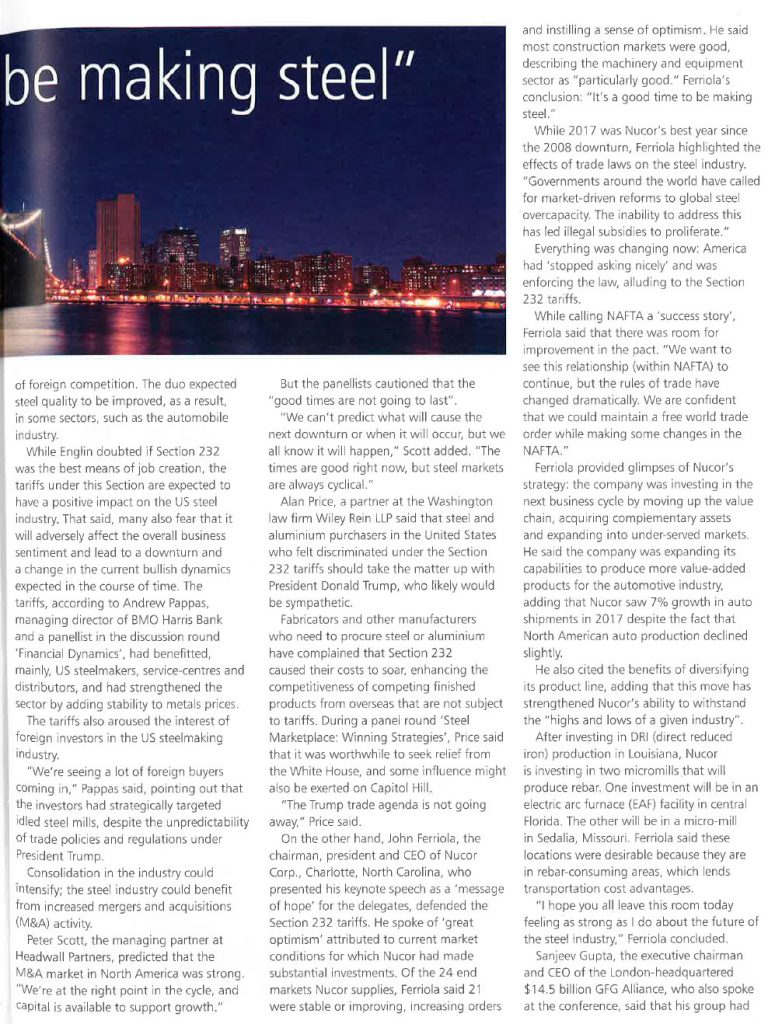
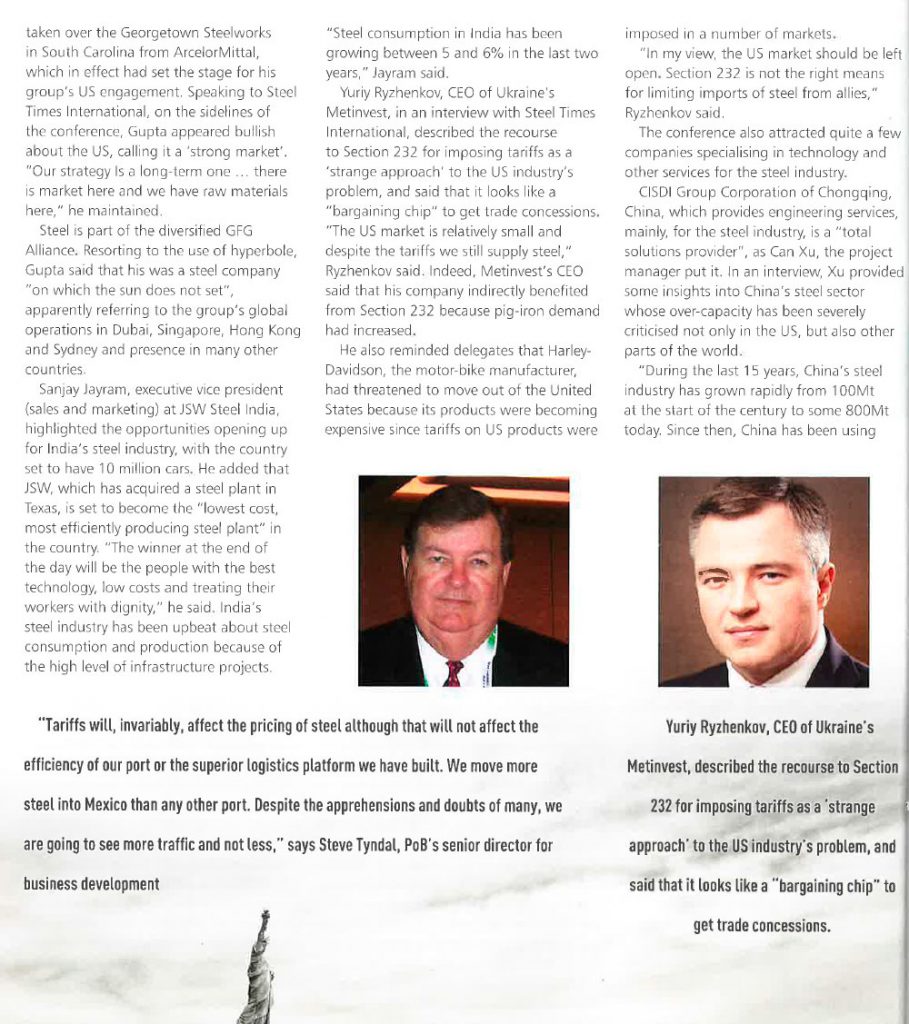
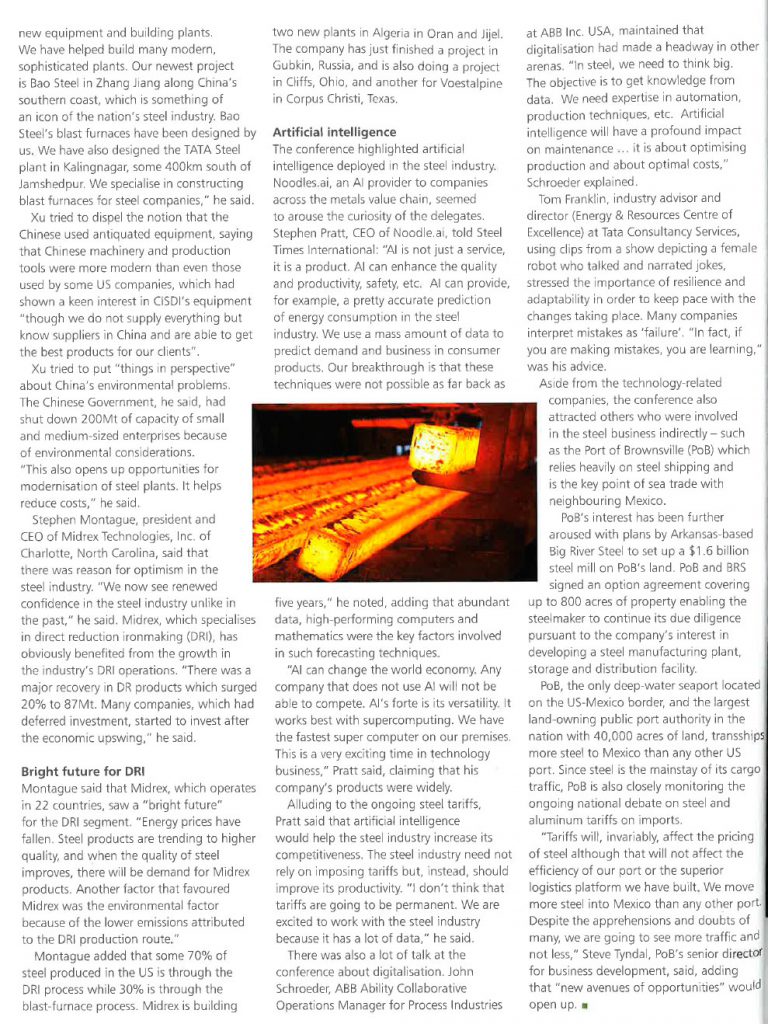
May 20
The six-day shutdown at Hydro’s Alunorte refinery has hit the company’s alumina output.
The shutdown of Brazilian alumina refinery Alunorte for a few days in October could bring its production volume down by 20,000-30,000 tonnes in the fourth quarter, according to Eivind Kallevik, chief financial officer of the unit’s owner, Norsk Hydro.
Hydro produced 821,000 tonnes of alumina during the third quarter of 2018. If output goes down by as much as 30,000 tonnes, that would mean a reduction of less than 4% of the three-month output volume.
Alunorte is currently operating with output limited to 50% of capacity because of government restrictions.
In February, the company was accused of letting bauxite waste overflow from its deposits into nearby soil and waters. Federal and state authorities then limited capacity utilization at Alunorte to 50%, which was later extended to the Paragominas bauxite mine and Albras aluminium smelter.
Alumina prices were expected to remain high during the final three months of this year, because there was no way to tell when Alunorte’s operations will return to normal. The company’s costs could rise as high as Nkr200 million ($24.14 million) because of this, Kallevik said during Hydro’s third-quarter earnings call on Wednesday October 24.
Fastmarkets’ daily benchmark alumina index was assessed at $493.75 per tonne fob Australia on October 24, down from $494.17 per tonne the day before. Inferred Brazil fob prices were $499 per tonne, down by 0.2%.
The company decided to halt operations at Alunorte, in the northern Brazilian state of Pará, after its oldest solid-waste deposit approached the end of its life cycle. At the same time, it sought an operating permit for the newest deposit, which was issued by Brazil’s federal environmental agency, Ibama.
Alunorte was shut down completely from October 3 to October 8, after which output was resumed at 50% capacity.
There was still no timeframe for the removal of the restrictions, Hydro executives said during the conference call. But the company has already secured a supply of alumina that will last until the year-end, according to chief executive officer Svein Richard Brandtzæg.
May 13
Increasing demand for refractory materials pushed China’s refractories output up to 9.45 million tonnes in the first half of 2018. Magnesia and graphite prices remained firm because of the knock-on effects of environmental regulations.
China’s total output of refractory materials was 9.45 million tonnes in the first half of the year, up by 4.80% year-on-year, according to data from the China Association of Refractories.
Refractories output in January-June rose continuously because of increasing demand from downstream consumers, with more projects involving the replacement of steel production capacity, and maintenance projects at several kilns.
Supply of some refractory products was tight due to increasing demand, especially for silica bricks.
The total volume of unshaped refractory materials produced in January-June was 3.26 million tonnes, up by 5.57% year-on-year. This included 2.71 million tonnes of refractory alumina-silicon, up by 20.28%, and 550,000 tonnes of magnesia-based unshaped refractory, down by 34.09%.
The downstream crude steel sector showed a year-on-year increase in output in the first half of 2018, with total output of 451.16 million tonnes in the first six months, up by 6% compared with the first half of 2017.
Prices for most refractory raw materials, such as magnesia and graphite, were firm in the first half of this year, helped by the knock-on effects of China’s strict imposition of environmental regulations.
Magnesia prices in China were on an upward trend, especially for high-grade grade products, in the first half of 2018. But they have begun to soften recently because of increasing stock levels and slow buying during the seasonal summer lull.
May 06
This report is a review of the development of the refractories industry in the British Isle which for the purposes of this paper includes both the north and south of Ireland geologically if not politically and covers mainly the last 300 years with a summary of the current situation and future possible developments.
